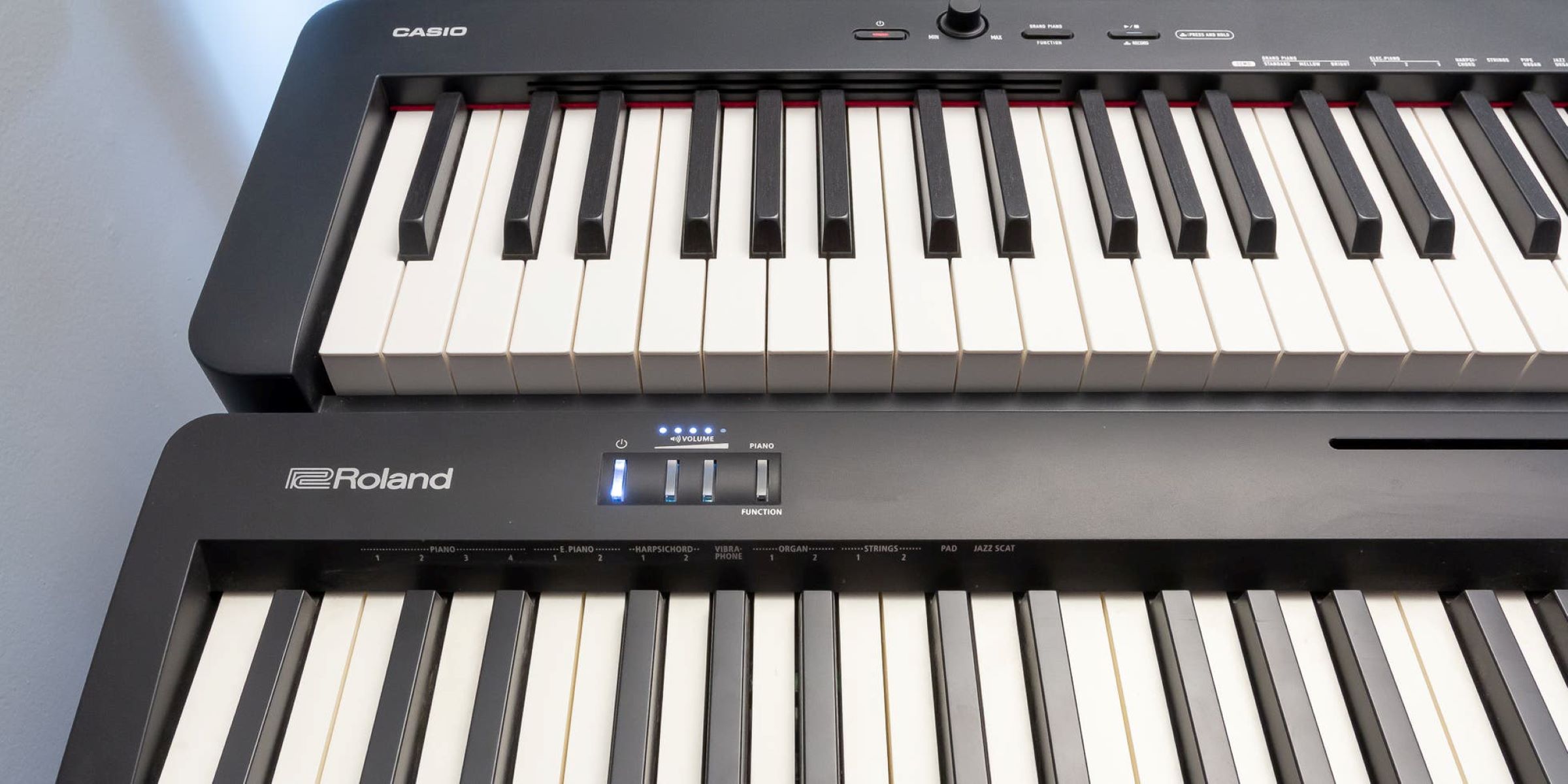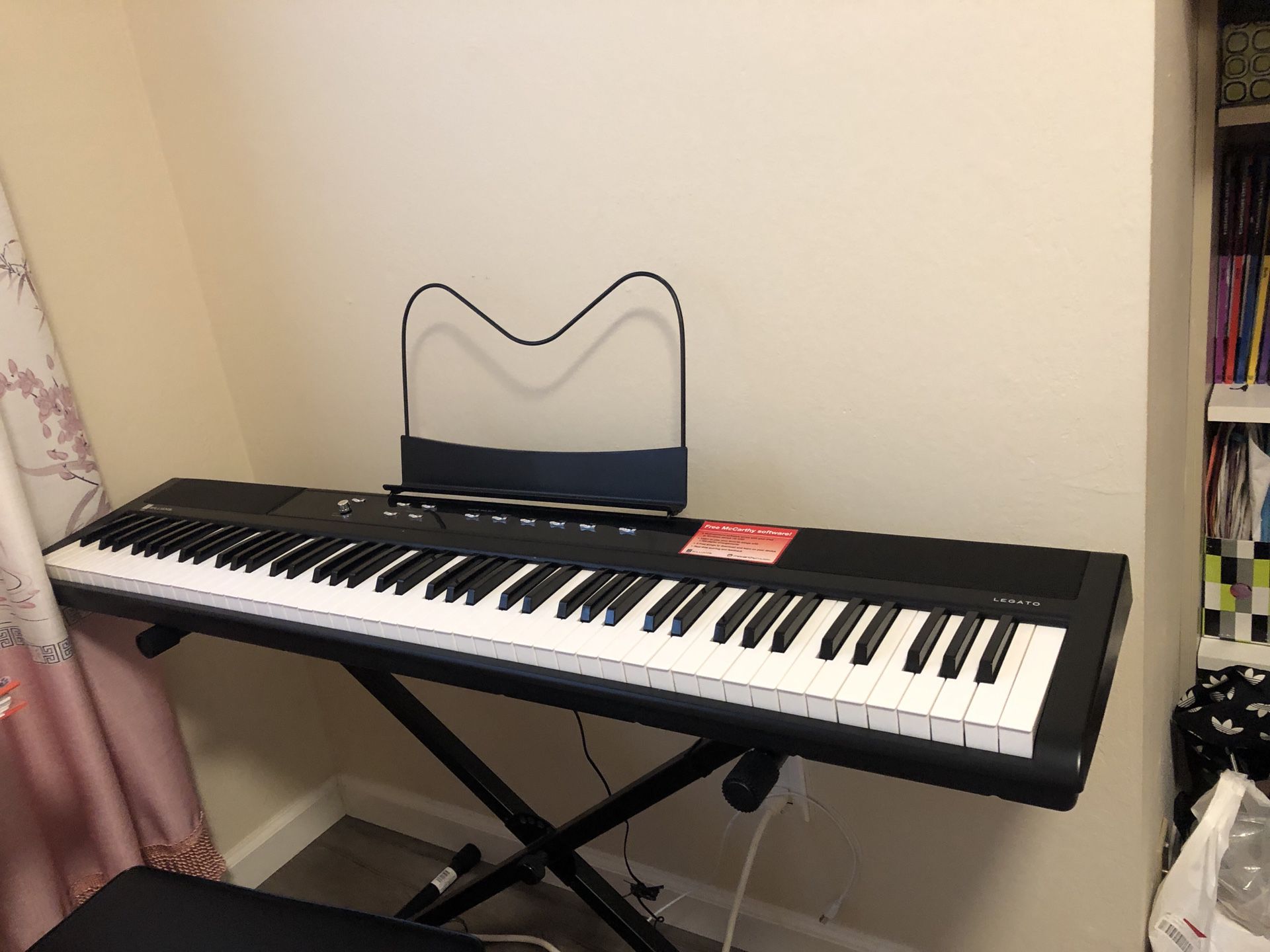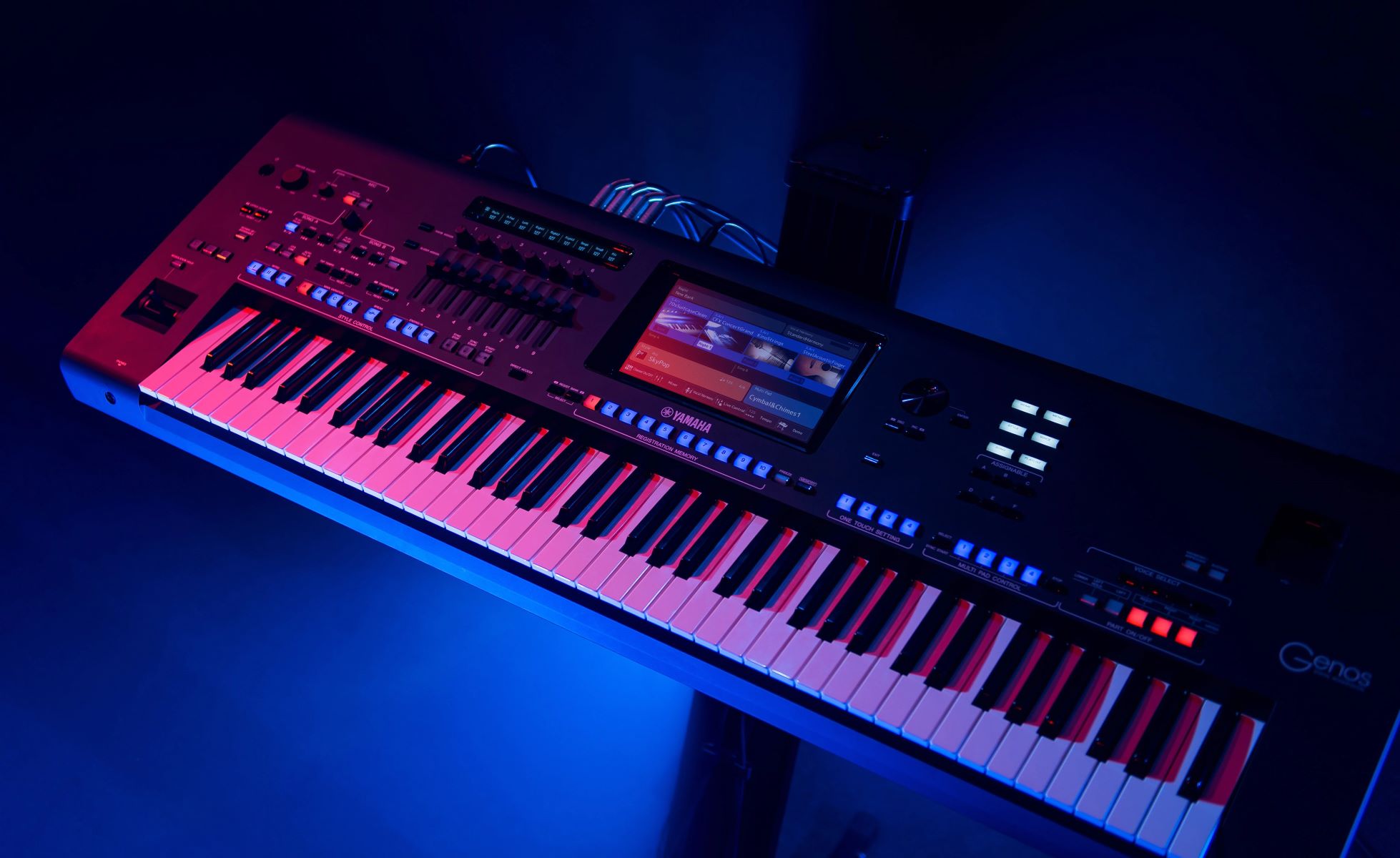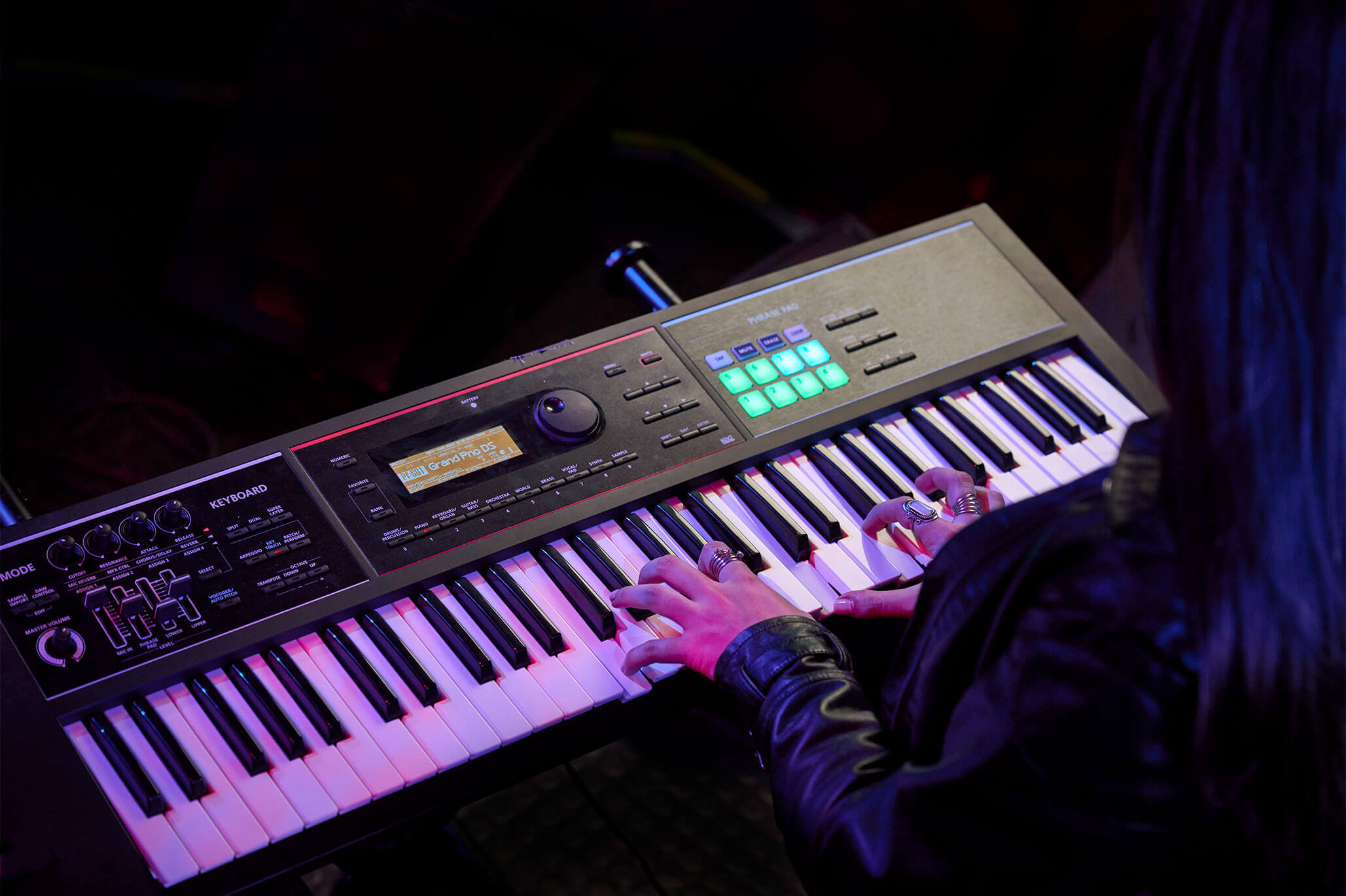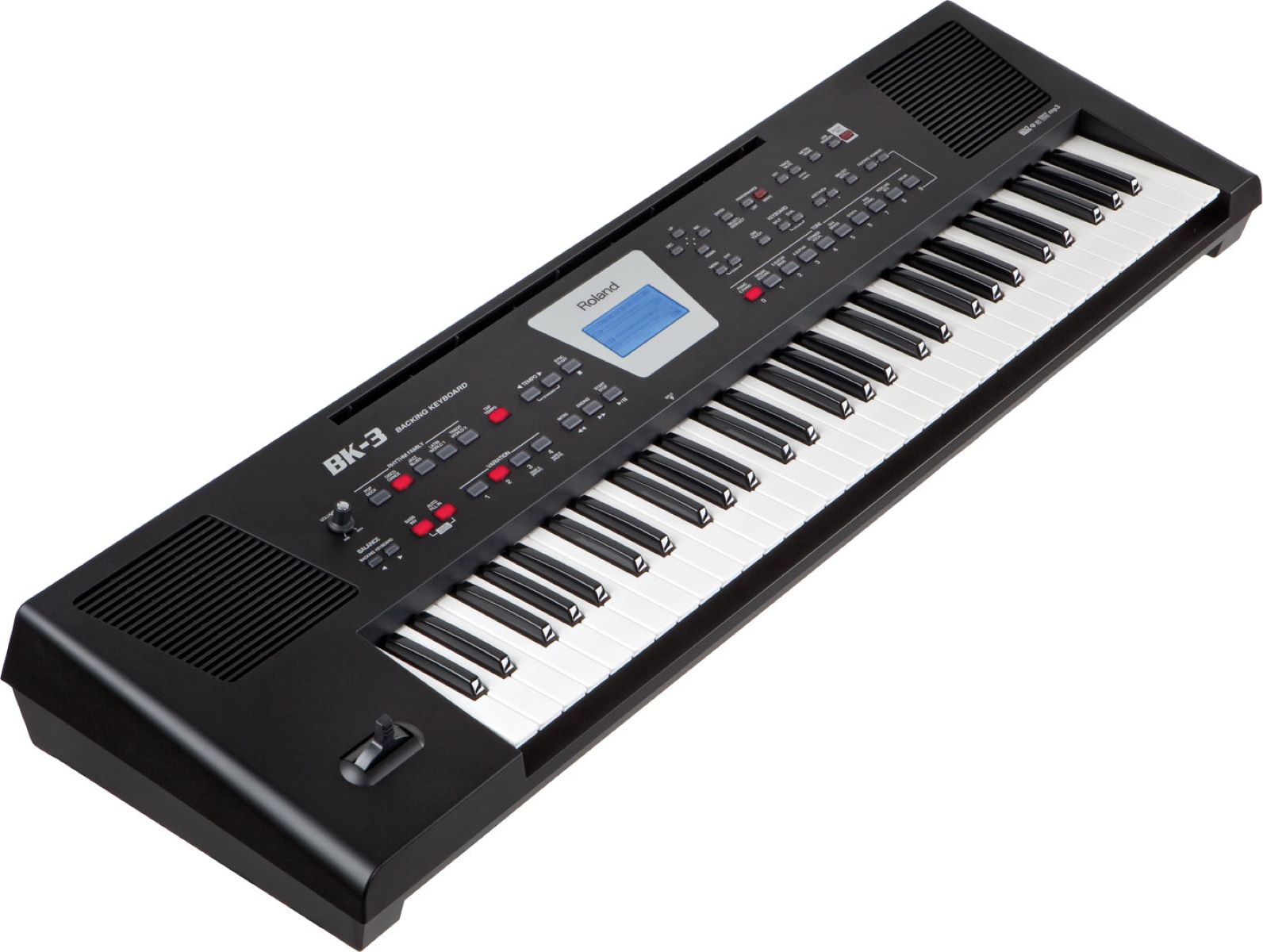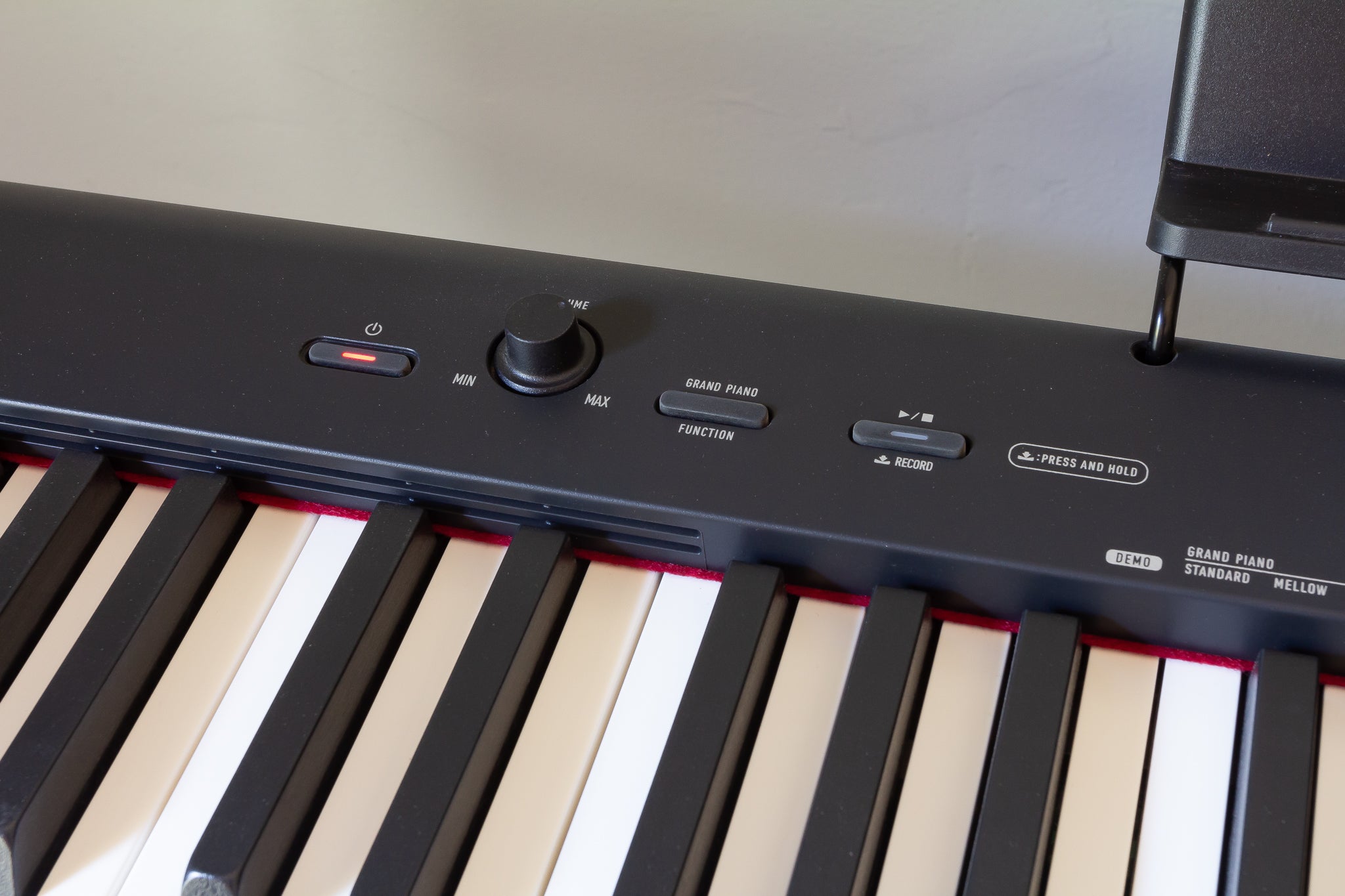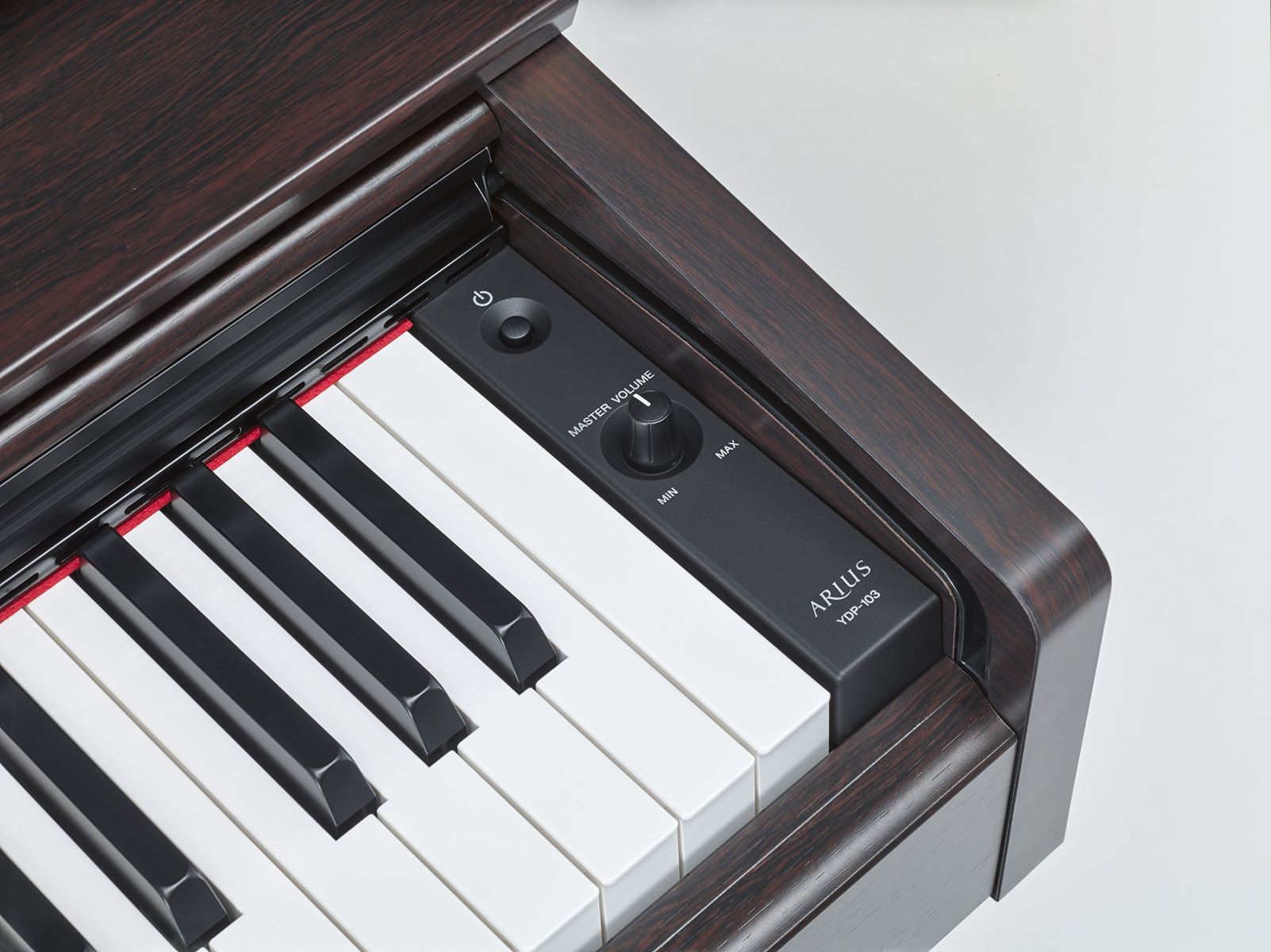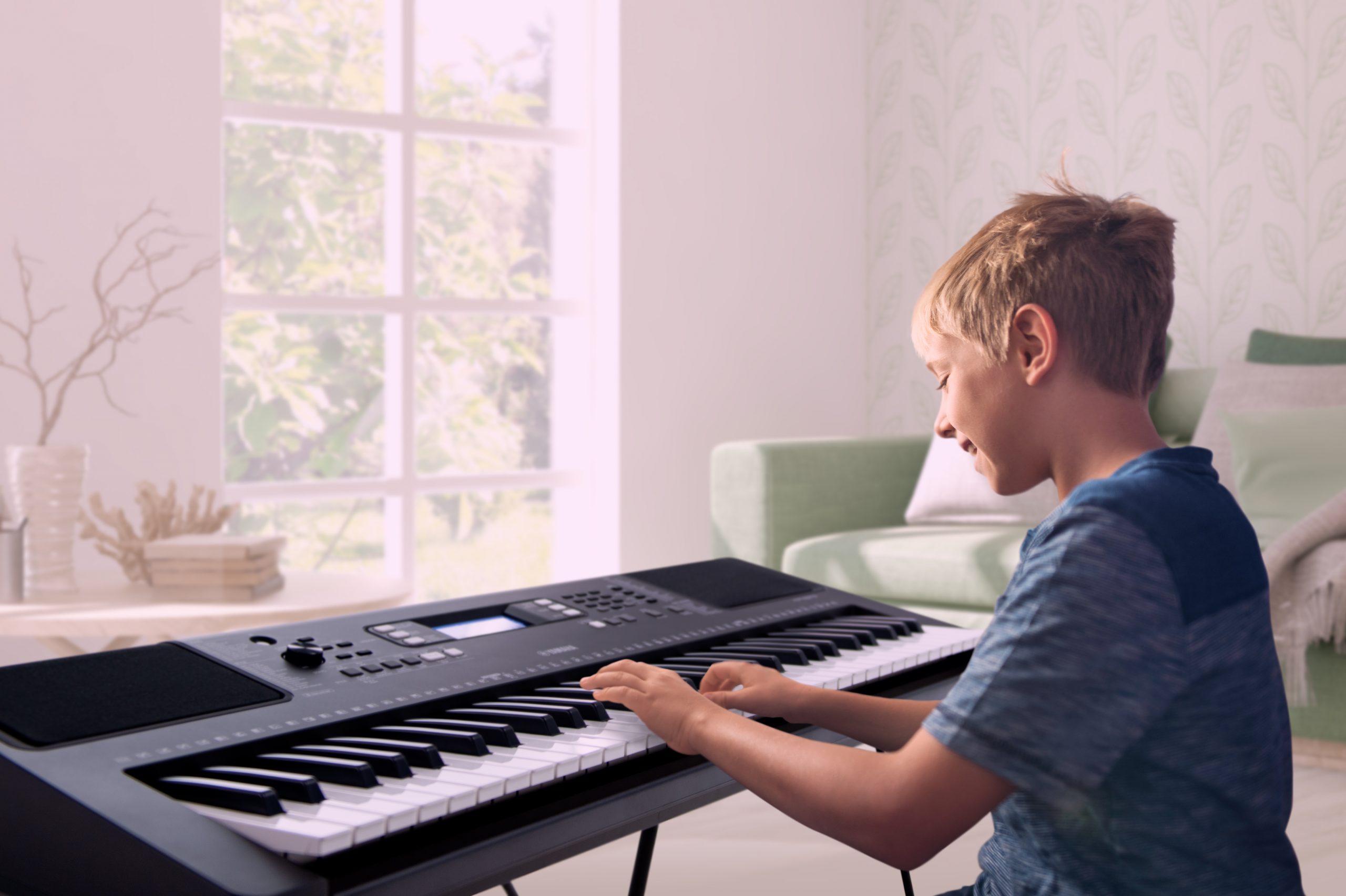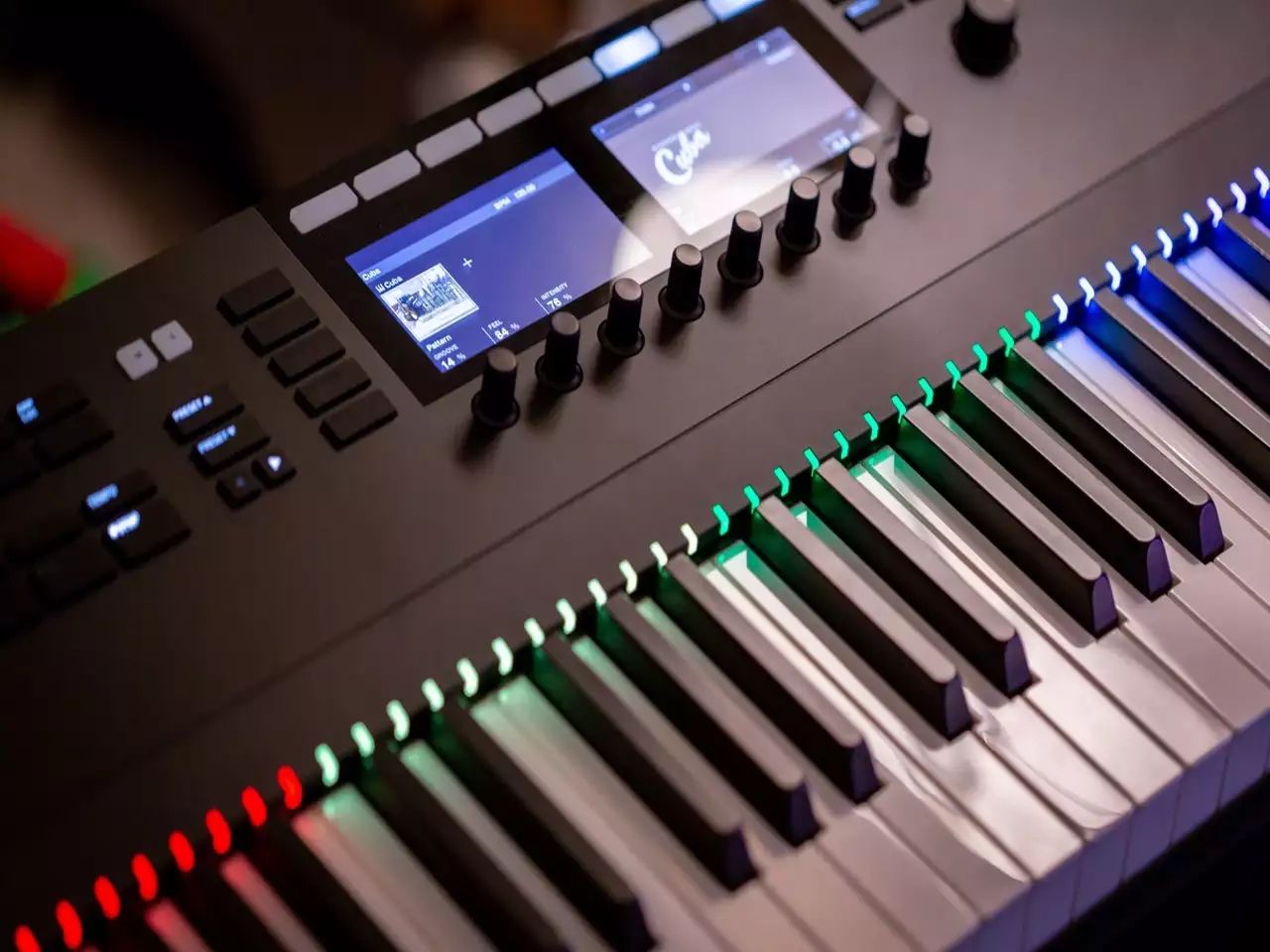Introduction
Choosing a digital piano keyboard can be an exciting yet daunting task. With a myriad of options available in the market, it's essential to consider various factors to ensure that the chosen instrument aligns with your musical aspirations and preferences. Whether you're a beginner eager to embark on a musical journey or a seasoned musician seeking a versatile and portable keyboard, this guide will walk you through the essential aspects to consider when selecting a digital piano keyboard that suits your needs.
When delving into the world of digital piano keyboards, it's crucial to assess your requirements and expectations. Are you a budding pianist aiming to hone your skills, or do you seek a portable and multifunctional instrument for live performances and studio recordings? Understanding your specific needs will serve as the compass guiding you through the vast array of options, helping you make an informed decision.
Moreover, as technology continues to advance, digital piano keyboards have evolved to replicate the touch and sound of acoustic pianos while offering a plethora of additional features. These instruments cater to various playing styles, musical genres, and settings, making them a versatile choice for musicians across different skill levels.
In the subsequent sections, we will delve into the crucial factors to consider when selecting a digital piano keyboard, including budget, key action, sound quality, portability, connectivity, and additional features. By exploring these elements, you will gain valuable insights that will empower you to make a well-informed decision when choosing the ideal digital piano keyboard to support your musical endeavors.
Budget
When embarking on the quest to choose a digital piano keyboard, establishing a budget is a crucial initial step. Digital piano keyboards are available across a wide price spectrum, ranging from budget-friendly options suitable for beginners to high-end models designed to meet the demands of professional musicians. Your budget will play a pivotal role in determining the features, sound quality, and overall performance of the instrument you select.
For beginners or those exploring the world of piano playing, entry-level digital piano keyboards offer an affordable starting point. These instruments typically provide essential features such as weighted keys, basic sound options, and a compact design, making them ideal for practice and skill development without breaking the bank. As your proficiency and musical aspirations grow, you may find it beneficial to invest in a mid-range digital piano keyboard that offers a broader range of tones, more advanced key action, and additional features to support your evolving playing style.
Professional musicians and experienced players often seek high-end digital piano keyboards that mirror the touch and sound of acoustic pianos with remarkable precision. These instruments boast advanced key action technology, extensive sound libraries, and sophisticated features that cater to the nuanced demands of performance and recording. While the investment in a premium digital piano keyboard is higher, the return in terms of authenticity, versatility, and durability can significantly enhance your musical journey.
It’s important to strike a balance between your budget and the features you prioritize in a digital piano keyboard. Consider the longevity of the instrument, your commitment to playing, and the specific attributes that align with your musical goals. By evaluating your budget in relation to the available features and performance of digital piano keyboards, you can make a well-informed decision that harmonizes with your financial considerations and musical aspirations.
Key Action
Key action is a pivotal aspect to consider when selecting a digital piano keyboard, as it directly influences the playing experience and the ability to express musical nuances. The key action of a digital piano keyboard refers to the mechanism by which the keys respond to touch, replicating the feel and responsiveness of an acoustic piano. Understanding the different types of key action will empower you to choose an instrument that aligns with your playing style and preferences.
Weighted keys are a hallmark of authentic piano playing experience. Digital piano keyboards with weighted keys simulate the resistance and response found in traditional acoustic pianos, offering a tactile feel that enhances expressiveness and dynamics. For those seeking an immersive and realistic playing experience, weighted key action is an essential feature to prioritize. Semi-weighted keys, on the other hand, offer a compromise between the tactile response of weighted keys and the lighter touch of non-weighted keys, making them suitable for players exploring a range of musical styles.
Hammer action keys further elevate the authenticity of the playing experience by replicating the hammers found in acoustic pianos. This mechanism adds an extra layer of realism, providing a nuanced touch response that mirrors the feel of striking strings in a traditional piano. For pianists aiming to hone their technique and dynamics, digital piano keyboards with hammer action keys offer a compelling choice that closely emulates the playing experience of an acoustic instrument.
Understanding the nuances of key action and its impact on playability is essential in selecting a digital piano keyboard that resonates with your musical sensibilities. Whether you prioritize the realistic feel of weighted keys, the versatility of semi-weighted keys, or the nuanced expression of hammer action keys, the key action of a digital piano keyboard plays a pivotal role in shaping your musical journey and the depth of your playing experience.
Sound Quality
Sound quality stands as a cornerstone of the digital piano keyboard experience, significantly influencing the instrument’s ability to resonate with the player and the audience. When evaluating the sound quality of a digital piano keyboard, it’s essential to consider the authenticity, depth, and versatility of the instrument’s tones, as well as its capacity to reproduce a wide range of musical expressions.
The sound engine of a digital piano keyboard plays a pivotal role in shaping the instrument’s sonic character. High-quality sound engines utilize advanced sampling and signal processing technology to capture the nuanced tonal nuances of acoustic pianos, resulting in rich, expressive, and true-to-life piano sounds. Additionally, a diverse selection of instrument voices, including electric pianos, organs, strings, and synthesizers, expands the creative potential of the instrument, catering to a broad spectrum of musical genres and playing styles.
Polyphony, the number of simultaneous notes a digital piano keyboard can produce, is another key factor in sound quality. Higher polyphony counts enable seamless layering of sounds, sustain pedal usage, and intricate musical passages without note dropout, providing a more immersive and authentic playing experience. As such, considering the polyphony capacity of a digital piano keyboard is crucial, especially for advanced players and those engaging in complex musical arrangements.
Furthermore, the presence of onboard effects and sound customization options enhances the sonic versatility of a digital piano keyboard, allowing players to sculpt and personalize their sound. Reverb, chorus, and EQ settings, among other effects, contribute to creating a captivating sonic ambiance, while sound customization features enable players to tailor the instrument’s tones to suit their musical vision.
By evaluating the sound quality, tonal range, polyphony, and customization capabilities of a digital piano keyboard, you can ascertain the instrument’s capacity to inspire creativity, convey emotion, and deliver a captivating sonic experience. Whether you seek authentic piano tones, diverse instrument voices, or advanced sound-shaping capabilities, the sound quality of a digital piano keyboard serves as a defining element that enriches your musical expression and performance.
Portability
Portability is a crucial consideration when selecting a digital piano keyboard, particularly for musicians who require mobility for performances, rehearsals, and studio sessions. The portability of a digital piano keyboard is determined by its size, weight, and design, and it plays a significant role in facilitating seamless transportation and setup, thereby enhancing the instrument’s versatility and usability.
Compact and lightweight digital piano keyboards are well-suited for musicians on the go, offering convenience without compromising on sound quality and performance. These portable instruments are ideal for gigging musicians, traveling performers, and those with limited space, as they can be easily transported to various venues and seamlessly integrated into diverse musical setups. Additionally, the compact design of portable digital piano keyboards makes them a practical choice for home practice and rehearsal spaces where space is a consideration.
Furthermore, the integration of built-in speakers and power options, such as battery operation or USB power, enhances the portability of digital piano keyboards, enabling musicians to perform and practice in various environments without the need for external amplification or power sources. This feature is particularly advantageous for street performers, outdoor events, and impromptu jam sessions, providing the flexibility to showcase musical talent in diverse settings.
While prioritizing portability, it’s essential to strike a balance between size, weight, and performance features to ensure that the chosen digital piano keyboard meets your specific mobility requirements without compromising on sound quality and playability. For musicians seeking a portable instrument for live performances and rehearsals, the seamless integration of portability and performance features enables them to deliver captivating musical experiences while adapting to different venues and musical contexts.
By evaluating the portability, size, weight, and performance capabilities of a digital piano keyboard, you can select an instrument that aligns with your mobility needs, enabling you to explore diverse musical opportunities, share your talent in various settings, and immerse yourself in the joy of playing music wherever your artistic journey takes you.
Connectivity
Connectivity is a pivotal aspect to consider when choosing a digital piano keyboard, as it determines the instrument’s compatibility with external devices, audio systems, and recording setups, thereby expanding its versatility and integration capabilities within a modern musical environment.
USB connectivity is a fundamental feature that enables seamless communication between a digital piano keyboard and external devices such as computers, tablets, and smartphones. This connectivity facilitates recording, MIDI data transfer, and integration with digital audio workstations (DAWs), allowing musicians to capture their performances, compose music, and access a myriad of virtual instruments and software tools for creative exploration.
Furthermore, the integration of audio outputs, such as line outputs and headphone jacks, enhances the connectivity of a digital piano keyboard, enabling direct connection to amplifiers, mixers, and audio interfaces for live performances, studio recording, and personal practice. The availability of audio inputs expands the instrument’s functionality, allowing external audio sources, such as music players and mobile devices, to be routed through the digital piano keyboard, creating opportunities for interactive playing and musical collaboration.
Bluetooth connectivity has emerged as a valuable feature in modern digital piano keyboards, enabling wireless communication with compatible devices for audio streaming, MIDI connectivity, and app integration. This wireless capability enhances the instrument’s accessibility and functionality, offering seamless interaction with a diverse range of musical applications, educational resources, and performance-enhancing tools.
For musicians seeking to expand their sonic palette and creative possibilities, the integration of expansion slots and compatibility with sound libraries and software instruments further enhances the connectivity of a digital piano keyboard, providing access to an extensive array of additional sounds and musical resources that enrich the playing experience and inspire artistic exploration.
By evaluating the connectivity options, compatibility with external devices, and wireless capabilities of a digital piano keyboard, you can select an instrument that seamlessly integrates into your musical workflow, empowers creative expression, and facilitates connectivity with a diverse range of audio and MIDI-enabled devices, thereby enhancing your musical journey and performance possibilities.
Additional Features
When selecting a digital piano keyboard, the consideration of additional features beyond core functionality can greatly enhance the instrument’s versatility, creativity, and adaptability to various musical contexts. These supplemental attributes offer opportunities for artistic exploration, performance enhancement, and seamless integration into modern musical workflows.
Integrated educational features, such as built-in lessons, interactive tutorials, and performance evaluation functions, cater to beginners and aspiring musicians, providing valuable resources for skill development, music theory comprehension, and practice guidance. These educational tools enrich the learning experience, offering a supportive environment for honing technique, mastering repertoire, and cultivating a deeper understanding of music.
Performance features, including accompaniment styles, rhythm patterns, and live performance controls, expand the creative potential of a digital piano keyboard, enabling musicians to explore diverse musical genres, create dynamic arrangements, and deliver captivating live performances. These features empower players to express their musicality with flexibility, spontaneity, and a professional touch, making the instrument suitable for a wide range of musical applications.
Recording and playback capabilities are valuable additions that allow musicians to capture their performances, compose music, and analyze their playing with precision. The integration of onboard multitrack recorders, audio interfaces, and playback functions facilitates the creation of professional-quality recordings, enabling musicians to document their musical ideas, refine their compositions, and share their artistry with the world.
Integration with music apps, virtual instruments, and digital audio workstations (DAWs) through dedicated software interfaces and compatibility protocols opens up a world of creative possibilities for digital piano keyboard users. This connectivity fosters seamless interaction with a diverse range of musical tools, resources, and production environments, empowering musicians to explore new sounds, expand their sonic palette, and engage in collaborative and solo musical projects with ease.
By considering the availability of these additional features, you can select a digital piano keyboard that aligns with your musical aspirations, offers opportunities for skill development, creative expression, and musical exploration, and seamlessly integrates into your artistic journey, enhancing your playing experience and performance capabilities.







